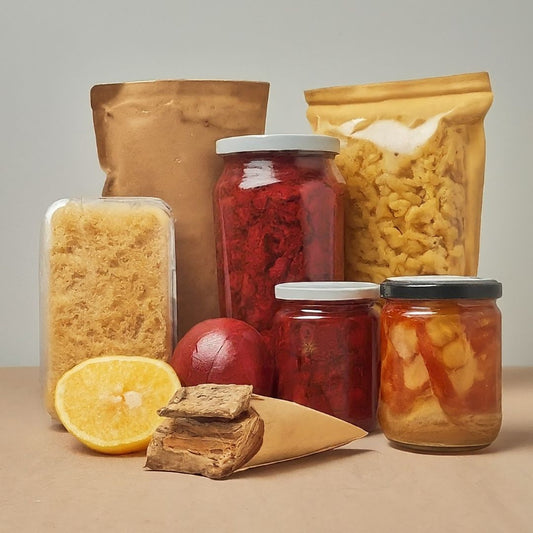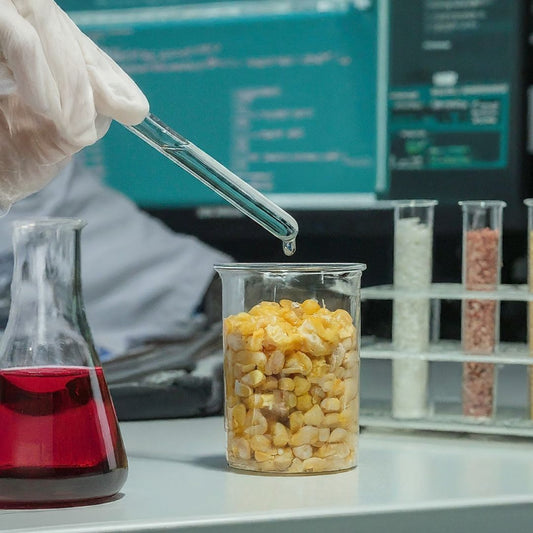Life-threatening chemicals used in glossy red tomatoes.
Share
Tomatoes and onions are kitchen staples that bring life to almost every savory dish. But what if these everyday ingredients come with hidden health risks? Shocking as it sounds, after concerns over adulterated paneer and ghee, tomatoes too are now under the spotlight — increasingly being treated with harmful chemicals.
A recent video circulating on social media once again stirred fears about the integrity of the product in our markets. Shared by content creator Satish Sonu Pandey, the footage shows a farmer dipping freshly harvested tomatoes into a chemical solution. The reason? To transform unripe green tomatoes into glossy red ones.
As per experts, the most common chemicals used in tomatoes are Ethephon (Ethrel),which are used to accelerate ripening of tomatoes. Gibberellic acid (GA3) are referred to plant growth regulators, which promote flowering and fruit set. And Naphthaleneacetic acid (NAA) is used to prevent fruit drop and improves fruit quality. Carbide is used to ripen tomatoes faster and wax coating is used to give a shiny look and extend the shelf life.
Here are 3 smart ways to do purity check of tomatoes at home
Check the appearance: Overly glossy, perfectly red, and firm tomatoes (especially off-season) may be artificially ripened using chemicals like ethylene or calcium carbide. As per experts, natural tomatoes usually have uneven ripening, slight blemishes, or greenish-yellow patches near the stem.
Smell and feel: Naturally ripened tomatoes have a mild, earthy tomato smell, especially near the stem. On the other hand, chemically treated ones often have little to no aroma and feel unnaturally hard or rubbery.
Water test:
For this method, soak tomatoes in a bowl of water for 30-40 minutes. If they are coated with wax or synthetic colour you may see oily residue floating on the water, a thin white or coloured layer peeling off the skin.
How to check if the tomatoes are stale?
To check if tomatoes are stale, look for signs like wrinkled skin, soft or mushy spots, mold, or a sour smell; these indicate spoilage. Fresh tomatoes should be firm with smooth, bright skin. To prevent them from going stale, store ripe tomatoes at room temperature away from direct sunlight and use them within a few days. If they’re overripe, you can refrigerate them to slow down spoilage, but bring them back to room temperature before using for better flavor.
Benefits of tomatoes:
Tomatoes are a powerhouse of nutrients and offer a wide range of health benefits. Rich in antioxidants like lycopene, they help protect cells from damage and reduce the risk of chronic diseases, including certain cancers and heart disease. Tomatoes are also an excellent source of vitamin C, potassium, folate, and vitamin K, all of which support immune function, heart health, and strong bones. Their high water content and dietary fiber aid in digestion and help keep you hydrated.





